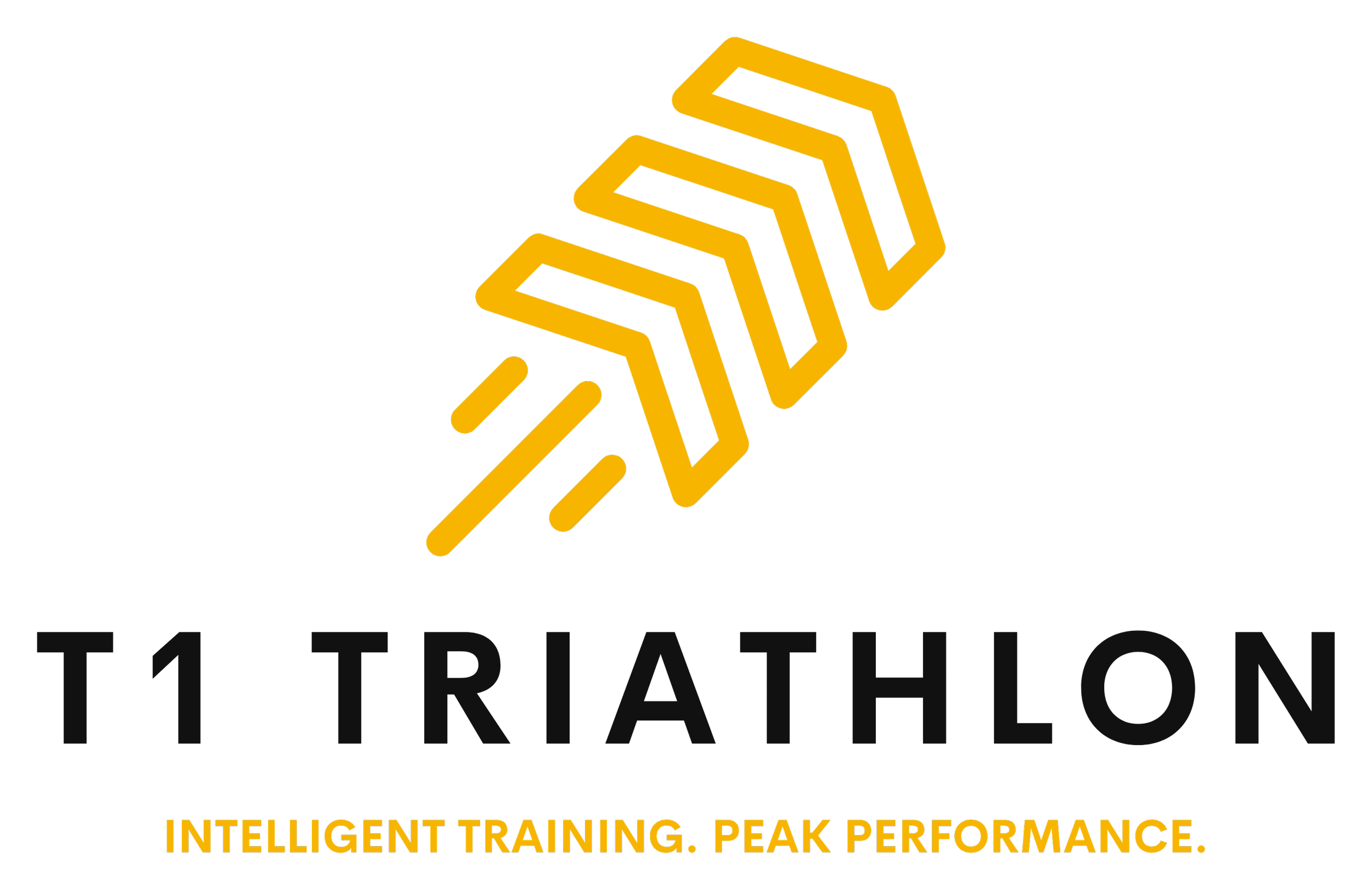Effective Training for Your Weakest Leg: Swim, Bike, or Run
Every triathlete has a weakest discipline—be it the swim, bike, or run. Identifying and improving this area can significantly enhance overall race performance and confidence. But how do you pinpoint your weakest leg, and what steps should you take to strengthen it? This guide provides actionable strategies for triathletes looking to turn their weaknesses into strengths.
Identifying Your Weakest Discipline
The first step in addressing your weakest leg is identifying it. This might seem straightforward, but it requires more than just intuition.
Analyze Performance Metrics: Review race splits, training data, and heart rate or power zones. Compare your performance to others in your age group or personal benchmarks to identify where you lag.
Evaluate Recovery Needs: If one discipline consistently leaves you more fatigued than the others, it might signal inefficiencies.
Gather Feedback: Ask coaches or training partners for insights into your technique, endurance, or pacing across all three disciplines.
By pinpointing your weakest leg, you can focus your training and resources more effectively.
Improving Your Swim
For many triathletes, swimming is the most intimidating discipline due to its technical demands and limited opportunities for practice.
Work on Technique: Swimming is primarily a technique-driven sport. Invest in professional coaching or video analysis to refine your stroke, breathing, and body position.
Increase Pool Time: Consistency is key. Aim for 2-3 swim sessions per week, incorporating drills that target your weaknesses, such as kick drills for better propulsion or pull drills to improve upper-body strength.
Add Open-Water Practice: Open-water swimming introduces unique challenges like sighting and navigating. Practice in race-like conditions to build confidence.
Incorporate Strength Training: Dryland exercises like pull-ups, push-ups, and resistance band work can build swim-specific strength.
Real-world Example: Olympic triathlete Katie Zaferes focused on weekly swim-specific drills and dryland strength training to improve her swimming speed and confidence.
Improving Your Bike
Cycling is often the longest segment of a triathlon, making it crucial for overall success. If cycling is your weakest leg, targeted strategies can yield significant gains.
Train with Power: Use a power meter to monitor and improve your cycling efficiency. Structured intervals at specific wattage zones can build strength and endurance.
Incorporate Hill Repeats: Climbing builds leg strength and stamina. Find a challenging hill and repeat short bursts of effort to improve power output.
Focus on Cadence: Experiment with cadence ranges to find your sweet spot. High cadence improves efficiency, while low cadence builds muscular strength.
Invest in Bike Fit: An improperly fitted bike can hinder performance and cause discomfort. A professional fit ensures optimal power transfer and aerodynamics.
Improving Your Run
Running can be particularly challenging as the final discipline, where fatigue often sets in.
Build Endurance Gradually: Avoid overtraining by increasing mileage incrementally. Follow the 10% rule—don’t increase your weekly mileage by more than 10% to reduce injury risk.
Incorporate Speed Work: Interval training, such as 400m repeats at 90% effort, improves aerobic capacity and speed.
Improve Form: Shorten your stride and increase cadence to improve efficiency and reduce injury risk. Work with a coach or use video analysis to identify and correct inefficiencies.
Train Bricks: Combine bike-to-run workouts to simulate race-day fatigue and train your legs to transition smoothly.
Balancing All Three Disciplines
Improving your weakest leg doesn’t mean neglecting your strengths. A balanced approach ensures you continue to progress in all areas.
Periodize Your Training: Allocate extra time to your weakest discipline during specific training blocks while maintaining maintenance sessions for the others.
Monitor Fatigue: Overemphasizing one leg can lead to burnout. Adjust your plan based on how your body responds.
Leverage Cross-Training: Activities like rowing or strength training can complement multiple disciplines, helping you improve overall fitness.
Turn Weakness Into Strength
Addressing your weakest triathlon discipline is a journey that requires focus, consistency, and patience. By analyzing your performance, dedicating extra effort to the areas that need improvement, and maintaining balance across all three legs, you’ll see meaningful progress in your triathlon performance.
Take the first step today by setting clear goals and incorporating targeted training strategies into your routine. With dedication and a structured approach, your weakest leg can become a strength that propels you toward your best triathlon season yet.
